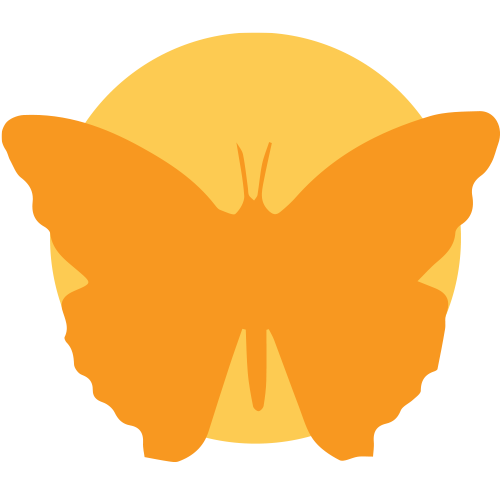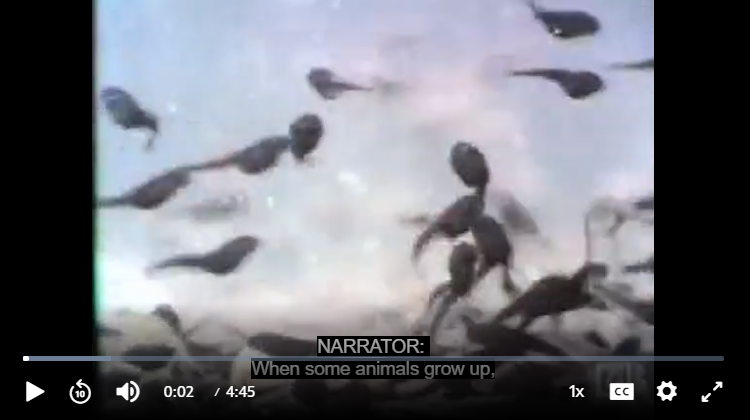

Students compare their life cycle (the life cycle of a human) with the life cycle of an animal that they find in the Habitat Lab.
Click on the maroon links below to access free educational materials:
Lesson Plans | ALSDE Standards Taught
Activity Page #1: Comparing the Life Cycle of an Animal to a Human (or as Word Doc)
Activity Page #2: Comparing the Life Cycle of a Frog to a Human (or as Word Doc) with Answer Page
Outdoor Activity Materials: activity pages, clipboards, pencils, field identification guides
Engage the students and capture their interests with an Interactive Q&A (or as PDF) that allows you to click through the questions one at a time. You can gauge your students’ understanding of the topic as they answer the questions. Print and use the Q&A Info Sheet (or as Word Doc) to anticipate the next question in the Interactive Q&A and to guide the conversation with the students. (Note: For the PowerPoint (PPT), click “Slide Show” & “From Beginning” to display the questions and answers separately.)
Use these tools to continue the discussion:
As you read these books, you can further explore the topic and discuss your students’ experiences and knowledge around the topic:
Frogs by Gail Gibbons ISBN: 978-0823411344
YouTube Video of Frogs by Gail Gibbons– Read by Olivia Gerston with permission from Holiday House Publishers
Monarch Butterfly by Gail Gibbons ISBN: 978-0823409099
Caterpillar to Butterfly (National Geographic Kids) by Laura Marsh ISBN: 978-1426315787

Life Cycle Video by MakeMeGenius.com
(4:26 min.) @ https://www.youtube.com/watch?v=-pHav-3QZkI
Life Cycle Video by MakeMeGenius.com
(4:26 min.)
@ https://www.youtube.com/
watch?v=-pHav-3QZkI
Students apply what they have learned as they investigate the topic in your Habitat Lab and record their real-world observations on their activity page:
Activity Tips
Version #1 – Comparing Life Cycles: Comparing an Animal to a Human
Activity Page: PDF (as is) / Word Doc (editable)
Procedure
Indoor Discussion:
Outdoor Discovery:
Indoor Discussion:
Version #2 – Comparing Life Cycles: Comparing a Frog to a Human
Activity Page: PDF (as is) / Word Doc (editable)
Procedure
Indoor Discussion:
Outdoor Discovery:
Indoor Discussion:
Optional Extension:
Wildlife Identification Resources:
Wildlife Identification Resources:
Review and assess the students’ observations and answers on their observation pages:
Evaluate the students’ understanding of the topic with the following assessment tools:
Questions? Contact us.
Website Design and Digital Marketing by